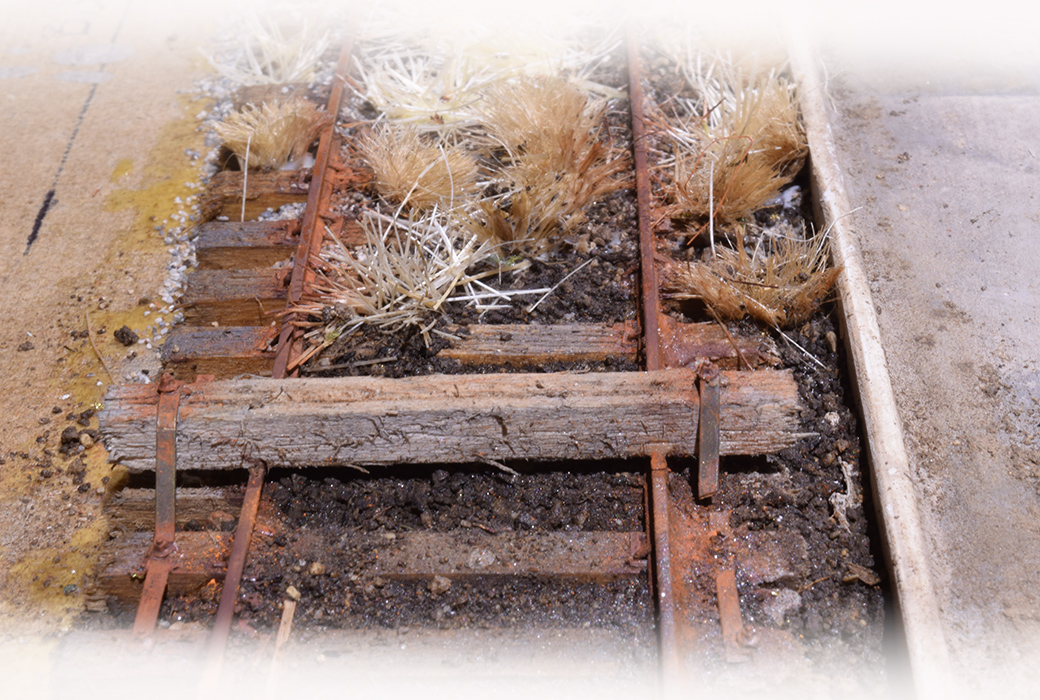
Is P48 Worth The Trouble?
Is P48 worth the trouble of converting rolling stock and handlaying your track and turnouts? As you might expect, the short answer is: It depends.
Is P48 A Good Fit For Me?
If any of the following are your primary interests and motivations, then P48 may not be a good choice.
- You don’t enjoy scratch building or hand laying track and turnouts.
- You have a very limited budget.
- You prefer a casual approach to the hobby and want fast, easy and/or cheap solutions.
- You see a layout as just a means to another end like operations and you want to get through the construction as fast as possible.
I’m being blunt because I want to dispel any illusions about a plug and play approach to P48. That’s not what the majority of modelers who love this niche typically practice. The bottom line is that you have a choice to make from the outset as to which standard is the most compatible to your needs. You need to be clear about your expectations with quarter-inch scale and educate yourself about the choices available.
How Many Hurdles Do You Want To Jump?
P48 is a niche within a niche. By that I mean that ready-to-run solutions are few and far between. Quarter-inch scale lags well behind HO and N in terms of stuff you can simply use out of the box. The scale is divided into three distinct camps that each have their own track and wheel specs and this mishmash of gauges and wheel profiles makes it harder to work in than it should be.
The three markets come with their own criteria and mindset. Because of this, the equipment is simply not interchangeable or only marginally so without significant modifications. Three-rail wheels aren’t insulated and will short out two-rail track. However, two-rail cars will run on three-rail but locomotives won’t; again, because of how the electrical current is distributed. Five-foot gauge and three-rail trucks will not work with P48 because the gauge and flange way specs are completely different.
P48 does come with significant hurdles, with track being one of the biggest. There is ready-to-lay P48 flex track but at this writing (March 2018), there are no out of the box commercial turnouts. You have to build your own or commission them from one of several custom builders.
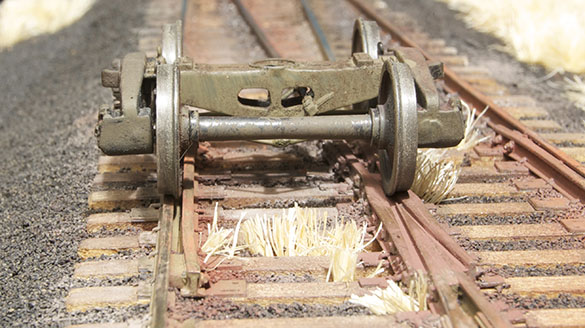
With true dimensions for the wheel profile, track gauge and flange ways, legacy and three-rail equipment are incompatible with P48.
Locomotives are a challenge. RY Models sometimes offers ready-to-run locos with P48 wheelsets but you are looking at brass models priced accordingly. There are replacement wheelsets for ready-to-run equipment that ease the pain of conversion but that is just the beginning if you want an accurate scale model. Once again, three separate standards, with different criteria, all vying for dominance create more problems than they solve.
Ready-to-run P48 steam is rare, is usually brass, expensive and in limited runs that get snapped up quickly. Older five-foot legacy gauge models can be converted but the process is involved and not for the novice. There are custom builders who will do the work but bring your wallet.
As for rolling stock the choices are much better. Mass-market cars are often quite good in terms of scale fidelity and accuracy although, as with many commercial models some compromises are present, so you need to know what you’re getting. Given the tight curves typical of three-rail layouts, the truck and body bolsters on most commercial freight cars have been greatly modified by manufacturers as a concession to that market. While having to fix obvious errors might seem frustrating, commercial models can provide a good foundation for scale modeling and a chance to learn new skills that will open the doors to a deeper experience of the craft.
There is a good selection of P48 trucks available from sources like Protocraft, RY Models and others. Most of these are aimed at the steam and transition era modelers, who form the majority of people in P48 at this time. Modern era trucks are less common but a few bright spots do exist. Again these are often limited run items and priced accordingly. At the end of this post I have links to more resources than I’ve listed here.
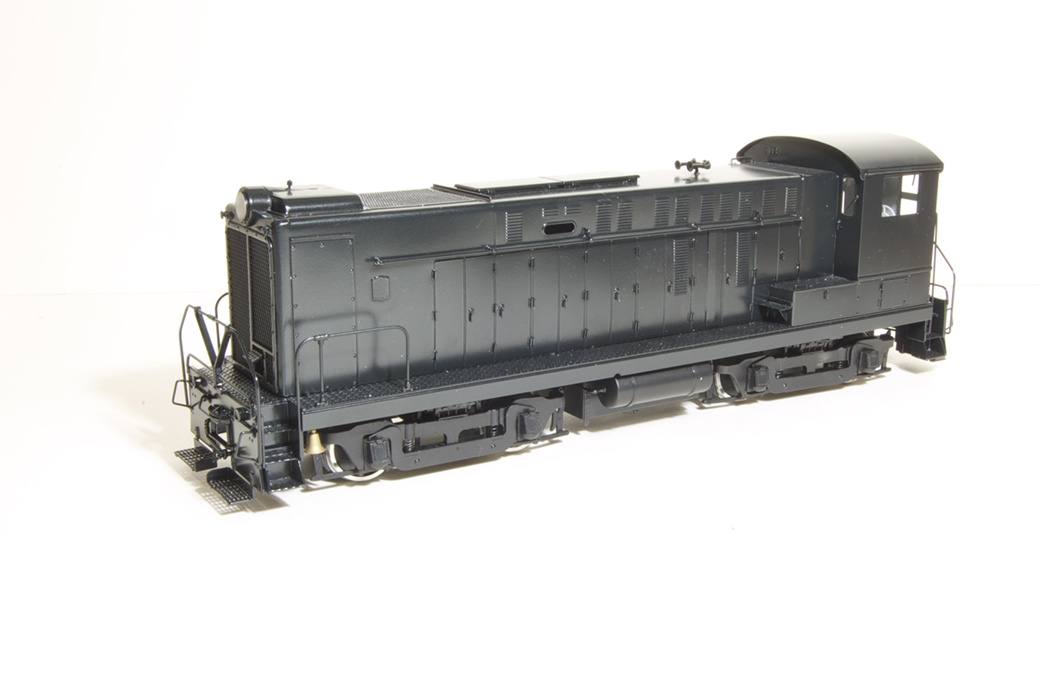
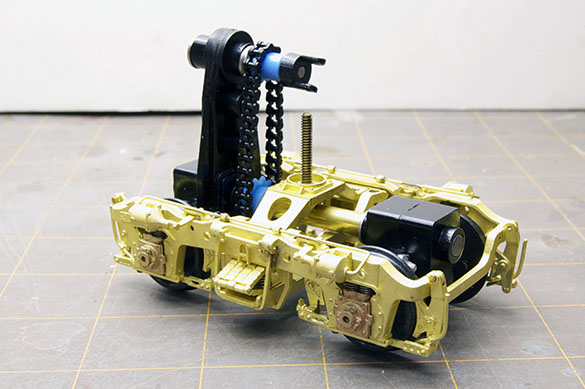
In the top image this S12 from RY Models comes equipped with P48 wheels, making it ready-to-run from the box. The second image shows an aftermarket Blomberg truck from P&D Hobbies that comes with five-foot legacy gauge wheels. Jay Criswell of Right-O-Way offers a P48 conversion kit for these trucks with replacement wheels and spacers to position the side frames correctly.
What’s going on with these prices?
Fifty to $60 bucks for a set of trucks, $400+ for a diesel, $50+ for ready-to-run freight cars!! What the hell are these prices about?
Prices in quarter-inch scale reflect the much smaller size of the market compared to HO or N scales. Mass-market production runs are smaller and don’t benefit from the economies of scale that larger markets have. Many of these items are much smaller runs that only number in the hundreds or sometimes dozens and come from one or two person companies that make items to fill a personal niche with the extras offered to anyone who wants them, or in limited runs that reflect market demand. Also, these are well crafted quality products and with limited run items high quality is never cheap.
Another thing to consider is that quarter-inch scale has its own space demands. A layout is likely to be smaller in scope than HO, which means that you may need less equipment than you think. The overall cost of any scale has a lot of variables to it. Some obvious, some not.
P48: What It Is. (Ah, sunshine at last.)
As stated earlier, P48 is a niche within quarter-inch scale. It has been around since the 1950s but faced a strong backlash from traditional five-foot gauge modelers who saw it as a threat to their interests. The different track gauge and flange way standards are not at all interchangeable and traditionalists were and in many cases, still are, upset by this, seeing it as a threat to their enjoyment of running equipment on each others layouts.
Widespread adoption of P48 has been slow because there is so much legacy gauge equipment still around. P48 is a minority practice just as fine scale modeling in all the scales is. Modelers new to the scale have the easiest time because they can start with a clean slate and not fret over the sunk costs of existing models or a layout built to the legacy standard.
It’s a Model Builders’ Haven.
P48 is often seen as a haven for model builders who see accuracy and modeling the prototype faithfully as important. This is the view I subscribe to and it’s what drew me to the scale from HO. The size of the models makes scratch building very enjoyable and rewarding, since fine details are more easily seen than in smaller scales.
There is historic precedent for this view. In the early days of P48, there were no commercial products whatsoever. Dedicated individuals who wanted the finer standard had to produce basic items like wheels and the market grew from there. In those days you were a craftsman because you had to be. For some it’s the challenge, for others an opportunity to go off the beaten path. Like so many things, working with P48 is a personal choice one makes.
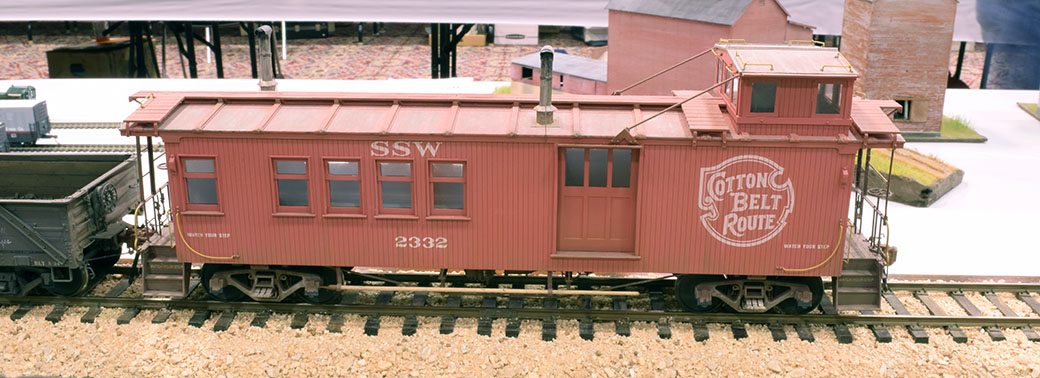
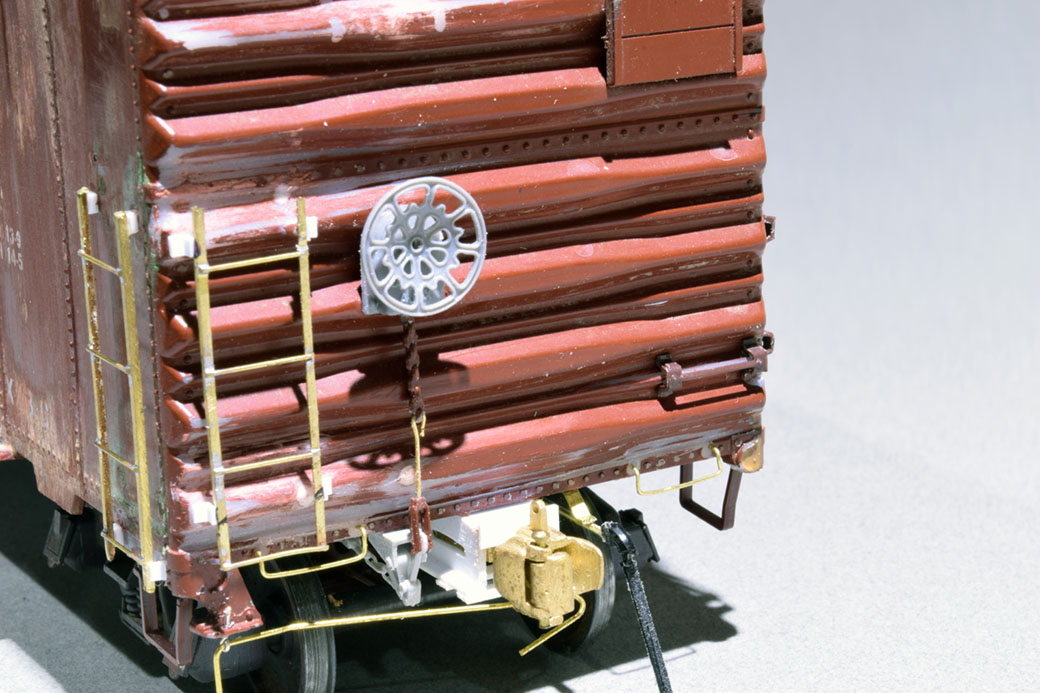
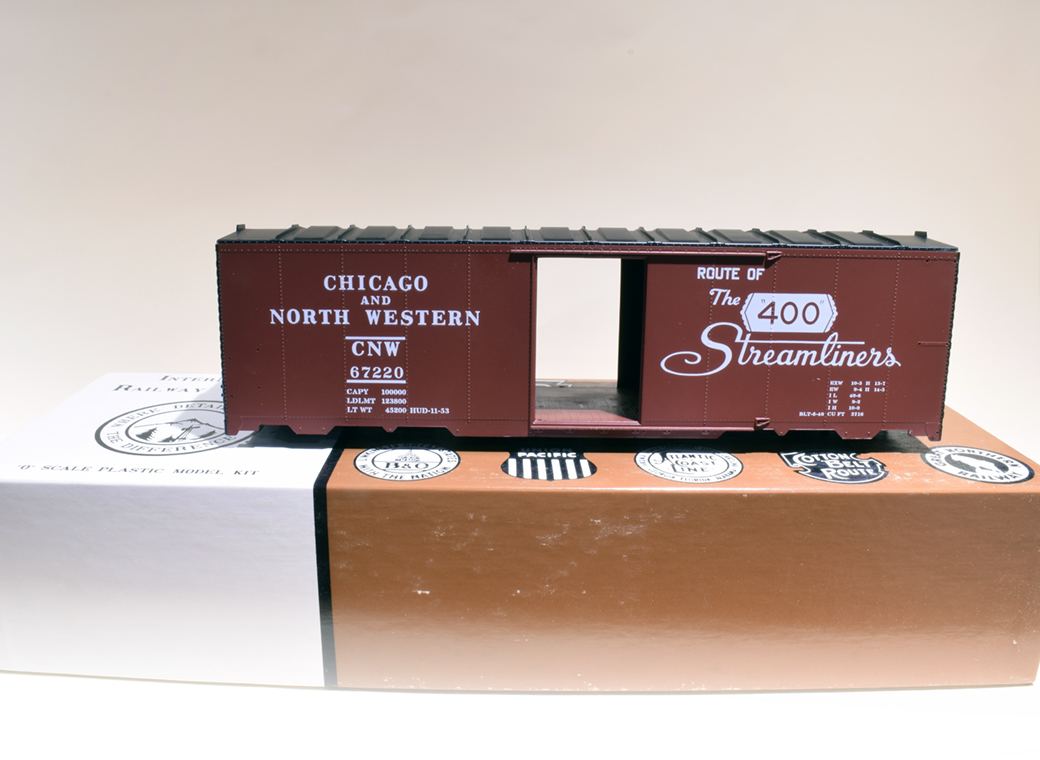
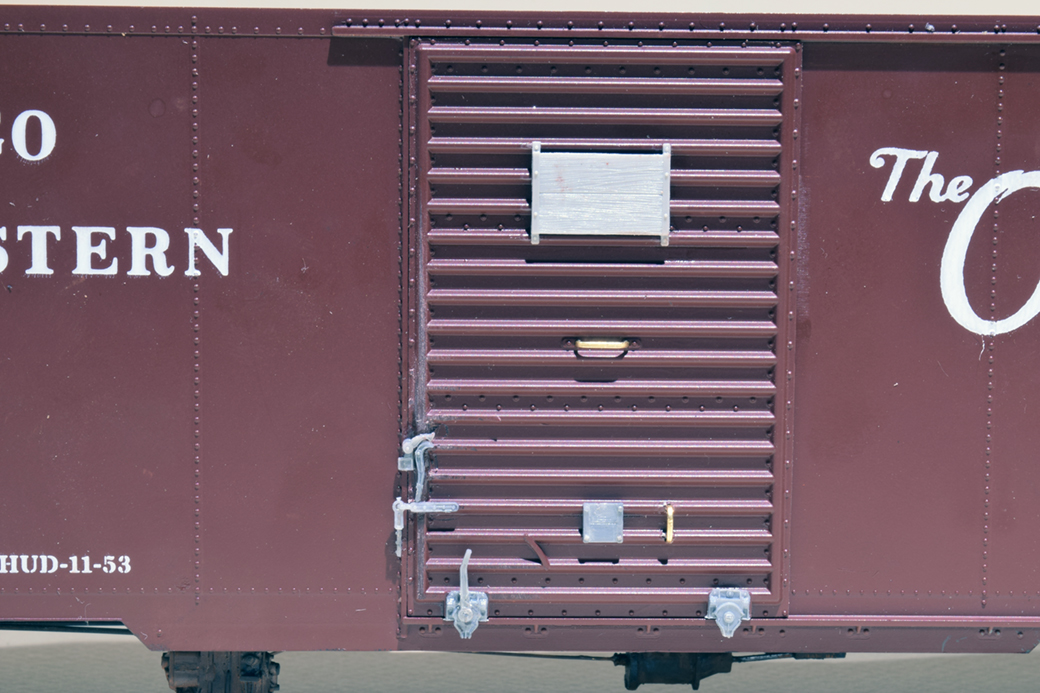
Top photo: This Cotton Belt caboose by Jim Zwernemann is an excellent example of craftsmanship.
Middle photo: The opportunity to correct mistakes, add detail and develop your own modeling standards is one of many reasons to practice fine scale modeling. Of course, this is possible with regular standards too but, it’s the consistency of the model from the rails to the running board that feed the soul of many fine scale modelers.
Third and final photos: Older out of production kits like this Intermountain boxcar can still be found online and at swap meets and they are a joy to build. Coupled with some scratch built brass details, this door hardware from Chooch (the gray pieces) really enhances the model.
P48 Myths And Legends.
P48 has a reputation that it’s only for master craftsman who scratch build everything to the most exacting standards. There are people who fit that category and I stand in awe of the skill and dedication to modeling they bring (see the photo of Jim’s caboose above). Let me hasten to add however, that such excellence is as rare in P48 as it is anywhere else.
Working with P48 isn’t any more difficult than modeling to NMRA standards or any other. The excellence you often see in P48 results from years of model building and deliberate practice to improve one’s skills. Correcting the discrepancies of the track gauge and grossly oversized wheels simply translates to the rest of the model and, in my view, also applies to the entire scene.
Another myth is that P48 isn’t suited to operation because of the finicky standards and tolerances.
I can only speak from my own experience and first hand observation of other layouts. I find no difference between P48 and HO in terms of train operation. I built a P48 layout that suited my needs and operated it to the same degree I did in HO and I’m baffled by this idea that P48 is only for show. I had very few problems with derailments and believe that the models actually track better with fine scale wheels. The experience with my former Indiana & Whitewater was as enjoyable any other layout I’ve built.
A key with any scale or standard is to know what you want and the extent you are willing to compromise to get there. P48 is as much a mindset as a set of standards. Once you see what’s possible with the wheels and track, it’s a simple step to rethink the level of detail on the rest of the car. From there you might reconsider your structures, scenery and the overall quality of your modeling in general. Or you might be satisfied just to have the correct gauge and better looking wheels. It’s all your choice and I can’t say that enough.
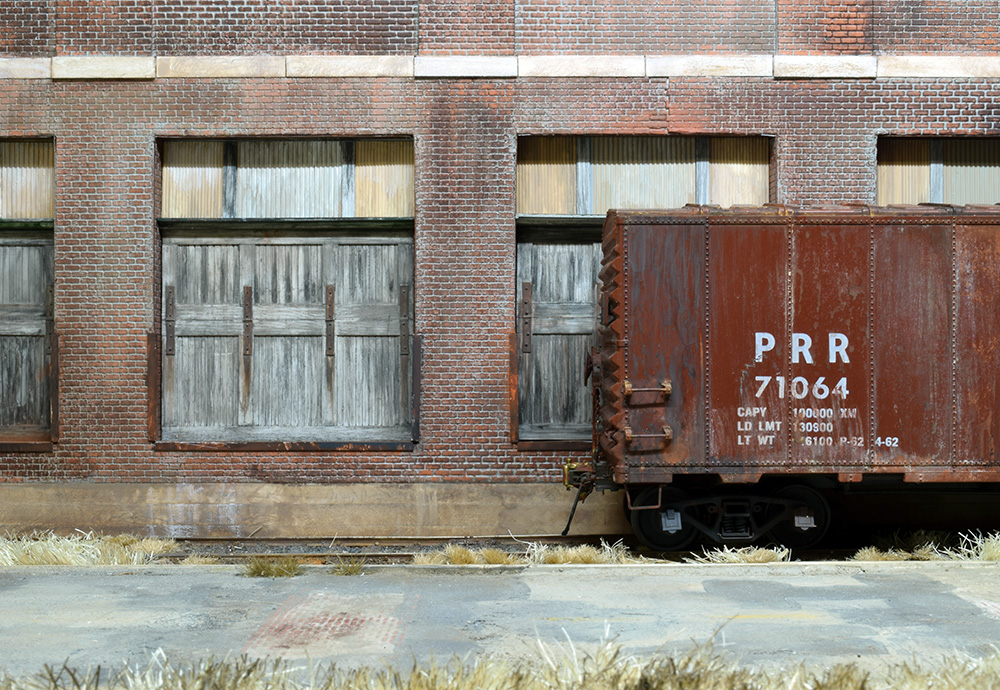
P48 can be a state of mind that extends to the entire scene.
I’ll close with this video of Jim Harper’s P48 layout. It has excellent coverage that shows the running qualities of P48 are as good as any other scale or standard. Jim’s interview is also very informative. I do have a couple of thoughts to mention. This video was shot in 2015 and some of the information presented in it is now out of date. For example, Jim’s product line is now part of Right-O-Way. You may also want to skip ahead to the 0:50 second mark as the videographer’s intro is a bit long winded for my taste (simply my opinion). Below the video is a list of what I consider the three most essential P48 websites and resources that feature far more information and products. They are by no means the only sources, just the ones I personally use and turn to for updates and essential supplies. With regard to all the sites and products I’ve mentioned I do not receive any monetary compensation however, OST Publications and this blog are listed on The Proto48 Modeler site.
Regards,
Mike
Essential P48 Resources:
The Proto48 Modeler
Gene Deimling provides tons of product information and modeling inspiration. This site is updated as new developments become known. It’s the go-to source for product information and modeling inspiration for all things P48.
Protocraft
Is a source of P48 wheels, couplers, limited run brass freight cars, detail parts and other essentials.
Right-O-Way
Jay Criswell is working hard to make this the go-to source for track and related products.
These are the main three and there are many others as you’ll see listed on Gene’s site. -Mike
Thank you for such an honest appraisal of what’s involved in going to P48: I have seen too many modellers sold a pup over moving to “Proto” standards. Yes, it does demand a different mindset, but the use of, for example, a track gauge is the same no matter what scale, gauge or standards.
That mindset is quite simply defined: “Are you prepared to spend the extra time (and money) to make things ‘just-so’?” If you are, and the idea itself appeals, then it is a good choice. But if, as you say, you want lots of operation and you want it now, then it’s an exceptionally wrong choice!
Although the range of parts for P48 is small, it is good. I would love something similar for P64, the “Proto” version if S Scale. Here in the U.K., we have one set of track standards which happen to be derived from the prototype (allowing for tolerances to the nearest .001”) and served as a template for P4, and what little is available is to those standards. What “little is available” is a blatant plug for the S Scale Model Railway Society, who provide a range of basic parts to support the builder. As our Hobart President, Trevor Nunn, said in Model Railway Journal number 10, “when it comes down to it, one does not need many parts to build a model railway”. The key word there is build. Not merely assemble or create.
Unfortunately, the range of parts for P64, in this context used to denote 1:64 scale models of North American prototypes. Way back when under the previous owner, it was possible get “code 87” wheels for P64 from NWSL, but the Turner who did this has retired, and besides, the wheels had a flat rear face. The “Grabowski” wheels from Protocraft, for P48, are astounding. There is no other way to put it. Similarly, the range of trucks etc, is rather limited. Luckily I gave a lathe, a form tool, and the ability to use both together, but P48 is doing better than P64 at the moment.
Ah well, it’s nothing that cannot be overcome with dedication, time and money, and as you say, if these matters are important to you, it is worth the effort.
Incidentally, the way Jim Harper’s stock moved, even on tangent track, was wonderful. That’s what happens when you gave properly profiled wheels set to the correct standards!
Thank you Simon. I appreciate that very much.
P48 is in a good place and I believe the future looks bright as more HO modelers investigate the scale. I think we do people a disservice by only painting a rosy picture that model railroading one one fun-filled effortless pastime. It can be but often it isn’t. It doesn’t do fine scale any good if people can’t enjoy working in it because they’re unsuited of the task or simply don’t care. It’s in all our interests to be upfront about these things. As Shawn commented on Facebook: “P48 is only as hard as you make it and the rewards, no matter what skill-level, are worth it!”
Good to hear from you again.
Mike
By the way, I take it that you are aware that Intermountain grew out of S Scale’s Pacific Rail Shops?